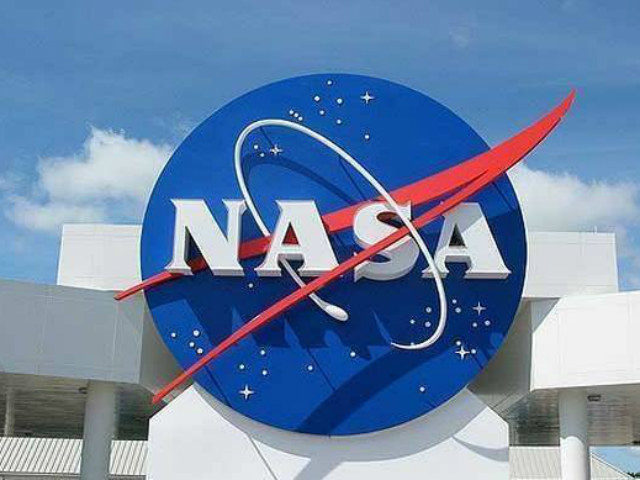“This thoroughness pays off as our ship-based scientists use these data to fully describe the entirety of the plankton bust/boom cycle. “No one has done this before, and we’re excited about the science findings that are beginning to trickle out now,” Moore said
The study is set to research the “ascending transition” of the bloom, which occurs after the phytoplankton minimum in February. In the March-April phase, the plankton are growing steadily, with their abundance in the water continuing to increase or accumulate toward the maximum of the bloom between May and July.
The NAAMES campaign also provides a unique opportunity for researchers aboard Atlantis to do experiments that study growth and decay of the phytoplankton population.
“For scientists watching the rates of growth, this is the exciting time, because the accumulation rate is expected to be going through the roof and stay high for the next few months,” Moore said.
Rates of phytoplankton accumulation are critical for understanding the ocean conditions that lead to phytoplankton growth and its timing, a key to unlocking the environmental drivers and controls of biological dynamics, the report said.
For the study, the team is combining global data from NASA satellites with the ship, aircraft, and autonomous assets such as floats, along with laboratory research and balloon data.
Scientists are also conducting meteorological balloon launches from the ship to understand the link between the ocean, atmospheric particles and clouds.








